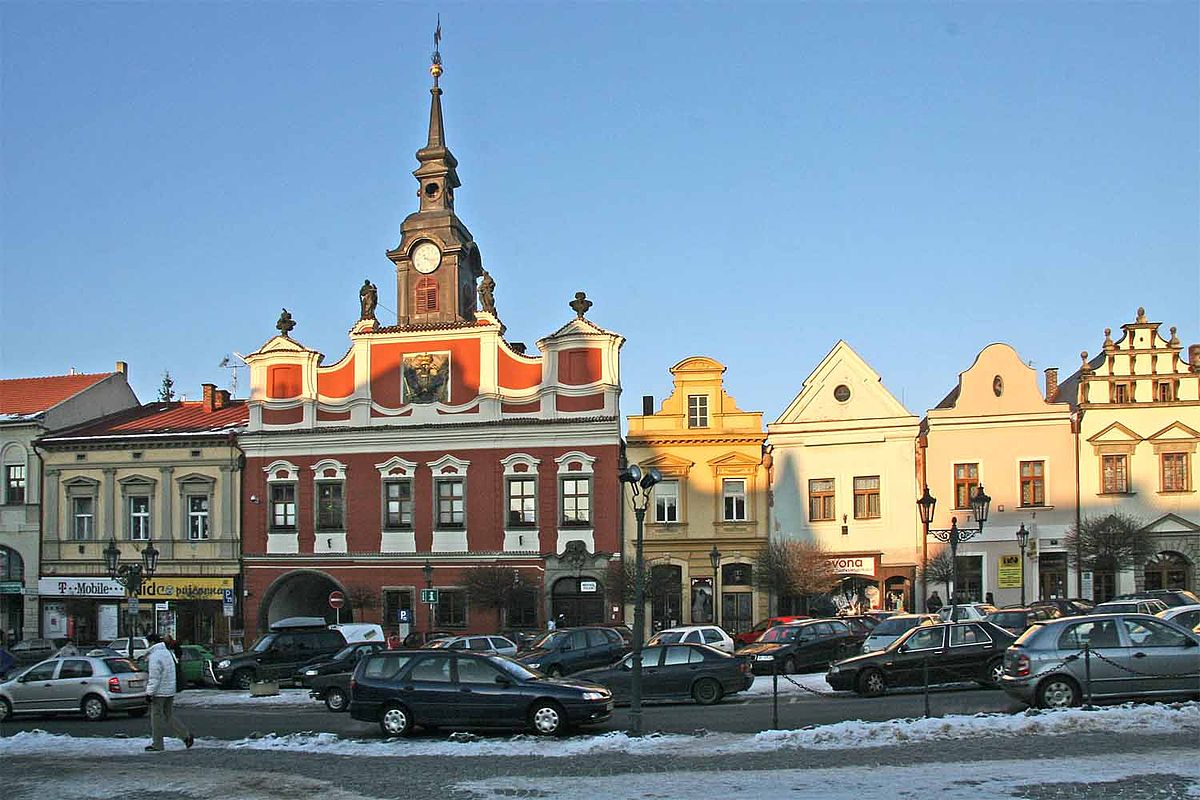Budova Avtomata Ak 47

Contents • • • • • • • • • • • • • • • • • • • • • • • • • • • • • • • • • • • History Origins During, the used by forces made a deep impression on their Soviet counterparts. The select-fire rifle was chambered for a new, the, and combined the firepower of a submachine gun with the range and accuracy of a rifle.
 -738-minus-47-minus-53-naydite.html daily 2018-02-07T21:00:24+01:00 0.5. 0.5 /47se-bulgguyi-ceolnyeo-idohyeo-jjanaeinddonggycejjeo-3ggwahwan-mvp. 0.5 -news/zacala-demolice-transgasu-na-vinohradech-budova-je-ale-na-prodej.
-738-minus-47-minus-53-naydite.html daily 2018-02-07T21:00:24+01:00 0.5. 0.5 /47se-bulgguyi-ceolnyeo-idohyeo-jjanaeinddonggycejjeo-3ggwahwan-mvp. 0.5 -news/zacala-demolice-transgasu-na-vinohradech-budova-je-ale-na-prodej.
On 15 July 1943, an earlier model of the Sturmgewehr was demonstrated before the. The Soviets were impressed with the weapon and immediately set about developing an intermediate caliber fully automatic rifle of their own, to replace the submachine guns and outdated bolt-action rifles that armed most of the Soviet Army. The Soviets soon developed the, the semi-automatic and the. Shortly after World War II, the Soviets developed the AK-47 assault rifle, which would quickly replace the SKS in Soviet service. Introduced in 1959, the is a lighter stamped steel version and the most ubiquitous variant of the entire AK series of firearms.
In the 1960s, the Soviets introduced the light machine gun, an AK type weapon with a stronger receiver, a longer heavy barrel, and a bipod, that would eventually replace the RPD light machine gun. A Type 2A AK-47, the first machined receiver variation began his career as a weapon designer in 1941, while recuperating from a shoulder wound which he received during the. Kalashnikov himself stated.' I was in the hospital, and a soldier in the bed beside me asked: 'Why do our soldiers have only one rifle for two or three of our men, when the Germans have automatics?' So I designed one.
I was a soldier, and I created a machine gun for a soldier. It was called an Avtomat Kalashnikova, the automatic weapon of Kalashnikov—AK—and it carried the year of its first manufacture, 1947.'
The AK-47 is best described as a hybrid of previous rifle technology innovations. 'Kalashnikov decided to design an automatic rifle combining the best features of the American M1 and the German StG44.' Kalashnikov's team had access to these weapons and had no need to 'reinvent the wheel'. Kalashnikov himself observed: 'A lot of Russian Army soldiers ask me how one can become a constructor, and how new weaponry is designed. These are very difficult questions. Each designer seems to have his own paths, his own successes and failures.
But one thing is clear: before attempting to create something new, it is vital to have a good appreciation of everything that already exists in this field. I myself have had many experiences confirming this to be so.'
There are claims about Kalashnikov copying other designs, like Bulkin's TKB-415 or Simonov's AVS-31. Early designs Kalashnikov started work on a submachine gun design in 1942 and with a light machine gun in 1943. 'Early in 1944, Kalashnikov was given some 7.62×39mm M43 cartridges and informed that there were several designers working on weapons for this new Soviet small-arms cartridge. It was suggested to him that this new weapon might well lead to greater things, and he undertook work on the new rifle.'
In 1944, he entered a design competition with this new 7.62×39mm, semi-automatic, gas-operated, long stroke piston, carbine, strongly influenced by the American. 'The rifle that Kalashnikov designed was in the same class as the familiar Simonov with fixed magazine and gas tube above the barrel.'
Codedome Computers Limited is Software Development and Computer Training Company of over nine years experience in practical data processing, system automation, computer systems supply and installation, web development, beginner's computer training, corporate training and professional training. Programmu dlya vzloma odnoklassnikov ok shtorm.
However, this new Kalashnikov design lost out to a Simonov design. In 1946, a new design competition was initiated to develop a new assault rifle. Kalashnikov submitted an entry. It was gas-operated rifle with a short-stroke gas piston above the barrel, a breech-block mechanism similar to his 1944 carbine, and a curved 30-round magazine.